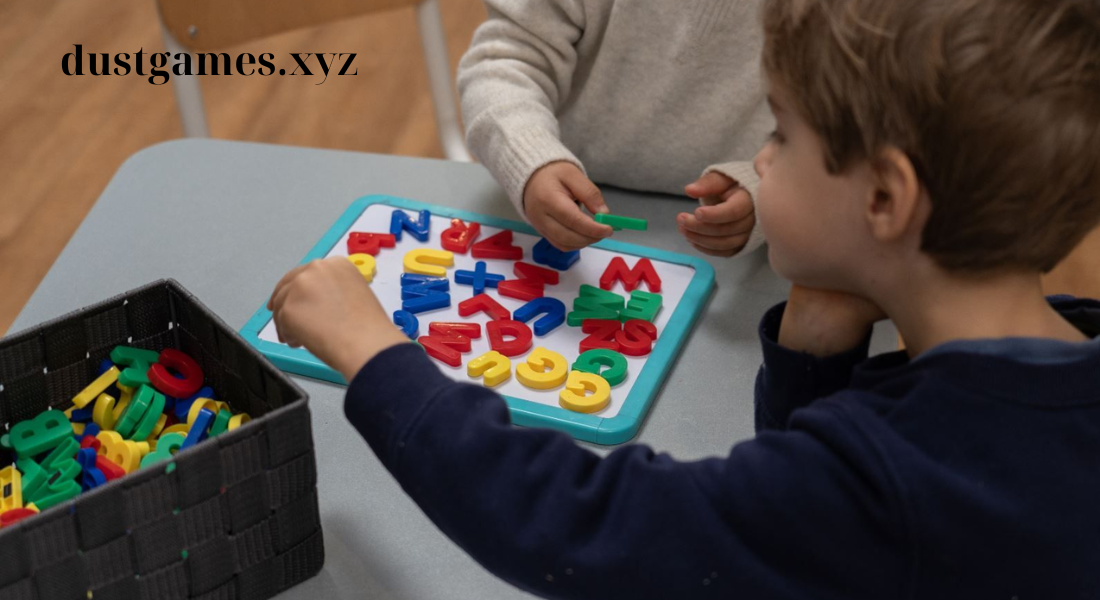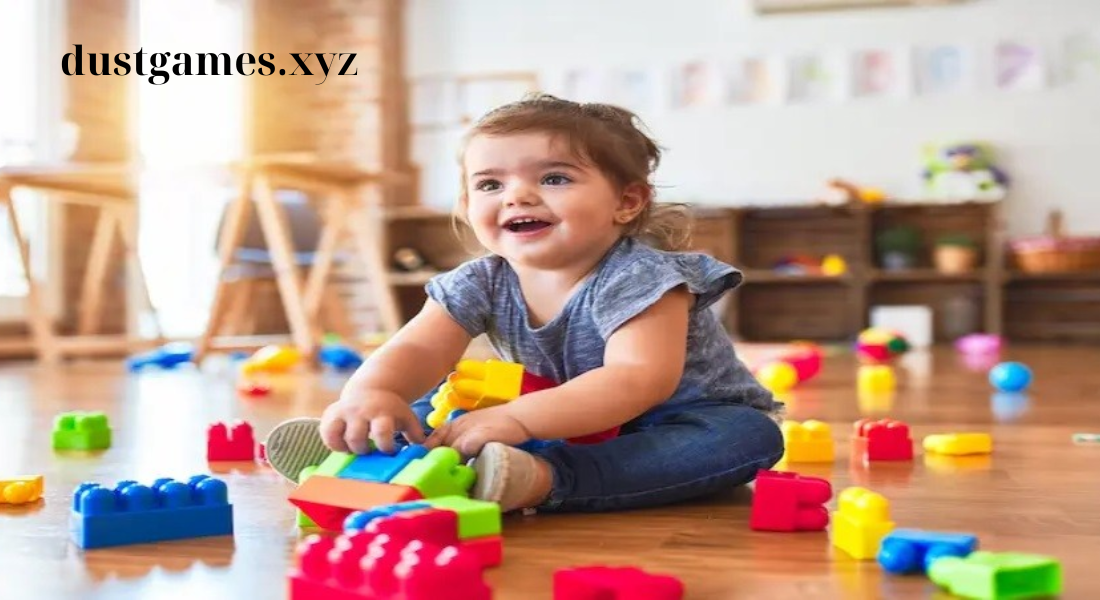Blog
Interactive Educational Toys Unlocking Creativity and Learning Through Play
In today’s fast-paced world, parents seek toys that not only entertain but also educate. Interactive educational toys provide a fantastic way to blend learning and play, capturing children’s imaginations while fostering essential skills. These toys are transforming how children engage with learning, making complex concepts fun and accessible.
Why Choose Interactive Educational Toys?
Interactive educational toys are designed to do more than pass the time. They introduce new concepts, improve problem-solving skills, and encourage creative thinking in children. Here’s why they are an excellent choice for your little ones:
1. Hands-On Learning
Children learn best through active engagement, and interactive toys allow them to explore and experiment. By engaging multiple senses, these toys enhance memory retention and make learning an enjoyable process.
2. Skill Development
Interactive educational toys support various developmental skills like motor coordination, language, and cognitive abilities. From building sets that enhance spatial reasoning to language toys that expand vocabulary, these tools encourage well-rounded growth.
3. Encouraging Curiosity
Many interactive educational toys tap into a child’s natural curiosity. STEM kits, for instance, can introduce children to scientific concepts while encouraging them to ask questions and make discoveries.
Popular Types of Interactive Educational Toys
There is a wide range of interactive educational toys available today, each with unique benefits. Here are some popular types that parents and educators swear by:
1. STEM-Based Kits
STEM (Science, Technology, Engineering, Math) toys are designed to build critical thinking skills. These kits allow children to create circuits, build robots, or experiment with chemistry sets, fostering a love for science and innovation.
2. Language Development Toys
Language-focused toys, such as interactive books or alphabet learning devices, help children expand their vocabulary and pronunciation. They make learning letters and words an enjoyable experience, perfect for toddlers and preschoolers.
3. Art and Creativity Sets
Artistic toys spark creativity, allowing children to explore colors, textures, and shapes. Interactive art sets might include digital drawing pads, modeling clay with tools, or painting kits that develop fine motor skills and creative thinking.
4. Building and Construction Toys
Construction toys, like blocks and building sets, improve spatial awareness and problem-solving skills. Children learn to visualize and plan, essential skills for cognitive development.
How Interactive Educational Toys Benefit Different Age Groups
Each stage of childhood presents unique learning needs, and interactive educational toys cater to those differences. Here’s how these toys support children at various ages:
Toddlers (Ages 1-3)
For toddlers, interactive educational toys should focus on sensory exploration and fine motor skills. Look for toys that introduce basic concepts like colors, shapes, and sounds. Simple puzzles, sensory balls, and interactive storybooks are excellent choices that keep toddlers engaged.
Preschoolers (Ages 4-6)
At this age, children begin to grasp letters, numbers, and basic problem-solving skills. Interactive educational toys such as counting games, alphabet learning pads, or magnetic building sets are perfect for preschoolers, combining fun with foundational learning.
Early School Age (Ages 7-9)
Interactive educational toys for this age group become more advanced, with a focus on STEM and complex problem-solving. Science kits, geography globes, and creative coding tools allow children to explore and deepen their understanding of different subjects.

Choosing the Right Interactive Educational Toy
Selecting the right interactive educational toys depends on your child’s interests, age, and developmental stage. Here’s a guide to picking toys that suit their learning style and keep them engaged:
1. Identify Interests
Think about what sparks your child’s curiosity. If they love stories, consider language-based interactive toys. For those interested in building, construction sets or STEM kits may be more suitable.
2. Ensure Age Appropriateness
Check the age recommendations on each toy, as interactive educational toys are designed with developmental stages in mind. This ensures your child can fully enjoy and benefit from the toy.
3. Look for Open-Ended Play
Toys that encourage open-ended play allow children to explore different possibilities and outcomes. This nurtures creativity and critical thinking, as there’s no single “right” way to use these toys.
Making Interactive Educational Toys Part of Daily Learning
Incorporating interactive educational toys into your child’s daily routine can make learning a natural part of playtime. Here’s how to encourage educational play:
1. Designate a Learning Zone
Create a dedicated space for interactive educational toys. A comfortable, well-lit corner with a small table or floor mat can make it easier for children to focus on learning activities.
2. Set a Routine
Make interactive learning part of the daily routine, even if it’s just 15-20 minutes each day. Consistency helps children anticipate learning time and builds a positive association with educational activities.
3. Join the Play
Playing together can make interactive educational toys even more enjoyable for children. By participating, parents can guide learning experiences, ask questions, and encourage problem-solving.
Top Picks: Interactive Educational Toys Worth Trying
Here are some standout options that have gained popularity among parents and educators:
1. Coding Robots
For kids interested in technology, coding robots introduce programming basics in a hands-on way. These robots respond to commands, teaching logical thinking and sequence understanding.
2. Interactive Storybooks
These books go beyond traditional reading by adding sounds, music, and interactive elements that captivate young readers. Children can engage with stories, making reading an interactive experience.
3. Science Experiment Kits
Experiment kits come with everything needed for hands-on scientific exploration. From growing crystals to creating simple chemical reactions, these kits nurture curiosity about the natural world.
The Future of Learning with Interactive Educational Toys
Interactive educational toys are shaping the future of learning, providing innovative ways for children to engage with knowledge. With advances in technology, new possibilities emerge for personalized, adaptive learning toys that respond to each child’s pace and level.
These toys are not just a trend; they represent a shift in how we approach early education. By incorporating play into learning, children can explore, create, and understand the world around them in meaningful ways. As interactive educational toys evolve, they promise to bring more opportunities for young minds to thrive.
Final Thoughts on Interactive Educational Toys
From sparking creativity to building critical thinking skills, interactive educational toys bring immense value to children’s development. They provide a fun, hands-on approach to learning that prepares children for the future while ensuring they enjoy every moment of play. For parents and educators, these toys are a powerful tool to support and enrich a child’s journey of discovery.

